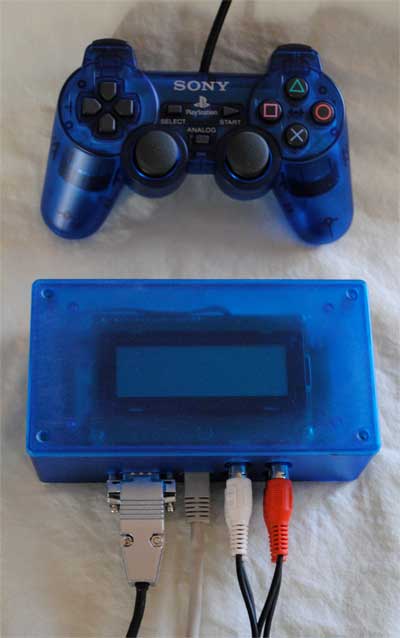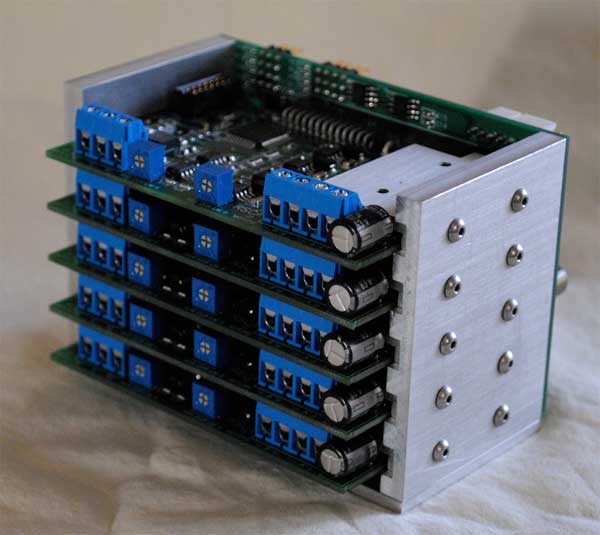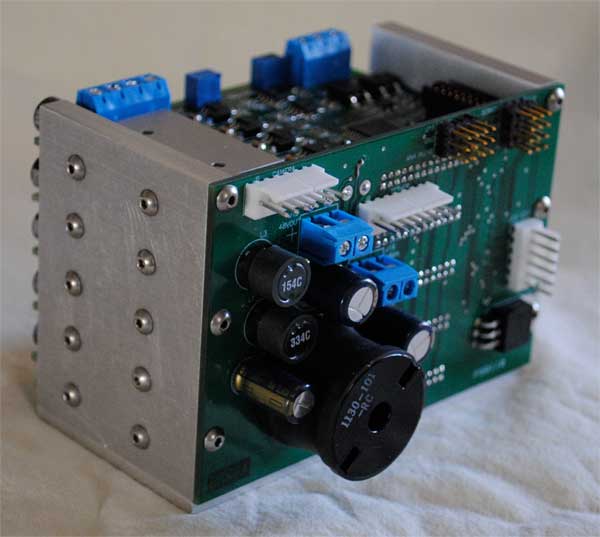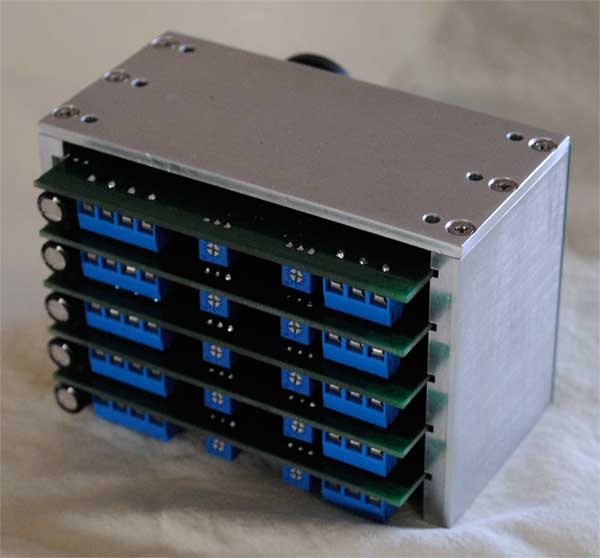PRELIMINARY INFORMATION - SUBJECT TO CHANGE
Introduction
The Typewriter Repairmen is an underwater robotics team composed of four engineers with the Forbes surname. In June of 2009, we entered the National Underwater Robotics Competition in Chandler, AZ and won the contest.
While we were there, we witnessed several teams suffer problems with the control systems in their ROV, resulting in their inability to do well in the contest. These problems ranged from not having enough time to complete the construction, to balky I2C interfaces between various off-the-shelf modules, to burned-up motor controllers and CPUs.
This year, the Typewriter Repairmen have designed ROVotron, a sophisticated yet easy-to-use control system for their 2010 ROV. In the spirit of gracious professionalism and cooperation, we have decided to make ROVotron available, at cost, to all teams in the NURC family. It is our hope that this will help level the playing field and permit more teams to compete at their full potential.
The total parts cost of ROVotron is about $800. Soldering costs extra.
The ROVotron System
ROVotron is not assembled from off-the-shelf modules. Instead, it is engineered from scratch to optimally perform all the control tasks required on a small ROV in a human-controlled, tethered environment.
This control system:
- Responds to commands from one or two PlayStation 2 controllers
- Drives up to ten 12V, 10 Amp motors
- Controls up to ten on/off functions with solid-state switch outputs
- Controls up to four R/C servos
- Powers a string of up to eight 3 watt LEDs for scene illumination
- Powers a 12V video camera and returns audio and video over balanced twisted pair lines
- Collects data from up to four analog inputs and displays them in friendly units on an LCD screen
The operator interface is a Sony PlayStation2 Dual Shock 2 or equivalent game controller. This device was chosen for its versatility, low cost, wide availability, and the fact that its interface has been reverse-engineered.
ROVotron has a flexible configuration system that permits the operator to assign controller buttons and joysticks to ROV functions as desired to suit the requirements of any ROV. An LCD display on the transmitter box provides both a menu-driven configuration mode and a real-time telemetry display during the mission. Control gain, zero and polarity are easily changed on-the-fly. Even the telemetry display parameters are configurable at poolside.
The ROV end of ROVotron is a tethered receiver with a small card cage. The card cage holds up to five dual-channel motor speed control boards. These circuit boards plug in, making all power and control connections with no wires. Only the motors connections need to be wired up to screw terminals. The receiver board has Molex connectors for camera and tether. It uses screw terminals for the power connection.
The card cage is 4" wide by 2.7" tall by 2.5" deep. It is typically mounted to a metal plate to conduct heat from the motor controller transistors to the water. If the ROV uses a plastic electronics enclosure, then a standard CPU cooler may be mounted to the card cage to remove the heat.
The Tether and Power
ROVotron is powered over the tether from a 48V poolside battery box, rather than having a battery pack onboard the ROV. This dramatically reduces the mass of the ROV, simplifies the design and reduces the thrust required. The choice of 48V power permits the use of a small 16 gauge power tether cable for up to 100 feet.
The signal tether is Cat-5 Ethernet cable. It carries RS-485 serial data, video and audio, and delivers 48V power back from the ROV to the transmitter box to prevent ground loops. All signals are balanced pairs to greatly reduce electrical interference for a clear picture and trouble-free operation.
The signal tether, the power tether, and a buoyancy strand are braided together into an easy-to-handle package with no lumps or bumps to snag on itself.
Detailed Information
The menu at the top of the page leads to pages describing the RTX transmitter, the RRX receiver, the RSC speed controller and the software that controls ROVotron. Feel free to read any or all of it.
A preliminary version of the ROVotron User Manual is available for download. It is a work in progress.
These pages will be updated frequently as the system is built and comes to life. Keep visiting for updates.



